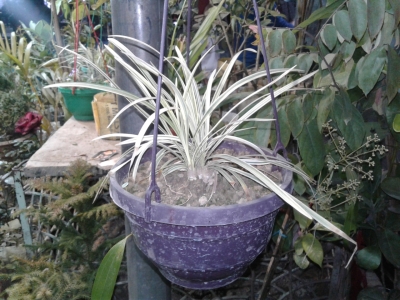Aquatic farming, particularly of the Rohu fish (Labeo rohita), plays a vital role in the cuisine and economy of South Asia. This practice not only supports the dietary needs of millions but also preserves a significant cultural heritage.
Characteristics of Rohu Fish
- Scientific Name: Labeo rohita
- Family: Cyprinidae
- Common Names: Rohu, Rui, Ruee
- Appearance: Rohu is recognized for its robust body, prominent head, and slightly arched back. The fish boasts large scales with a silvery hue and a reddish tint on its fins.
Natural Habitat
- Environment: Rohu thrives in rivers and freshwater bodies such as ponds, lakes, and tanks.
- Distribution: It is native to the river systems of South Asia, including the Ganges, Brahmaputra, and Indus basins.
Importance in Cuisine
- Popularity: A staple in South Asian cuisine, Rohu is valued for its tender, white flesh.
- Cooking Methods: Rohu can be prepared in various ways, including frying, grilling, baking, and in curries. Popular dishes include Rohu curry, fried Rohu, and Rohu fish biryani.
- Nutritional Value: This fish is rich in protein, omega-3 fatty acids, vitamins, and minerals, making it a nutritious choice.
Aquaculture Practices
- Farming Techniques: Rohu is extensively farmed in aquaculture due to its high demand. It is often raised alongside other carp species like Catla and Mrigal in polyculture systems.
- Growth Rate: Rohu is a fast-growing species, reaching market size within a year under optimal conditions.
Cultural and Economic Significance
- Culinary Role: Rohu is integral to the culinary traditions of South Asia, served during festivals, special occasions, and daily meals.
- Cultural Importance: In some regions, Rohu is associated with religious rituals and cultural practices, underscoring its importance beyond just a food source.
Sustainable Management
- Conservation Efforts: To ensure the availability of Rohu for future generations, sustainable aquaculture and responsible fishing practices are crucial. Efforts are underway to manage and maintain healthy Rohu populations through these practices.
Aquatic farming of Rohu fish not only satisfies culinary desires but also supports the economy and sustains cultural traditions across South Asia.



















